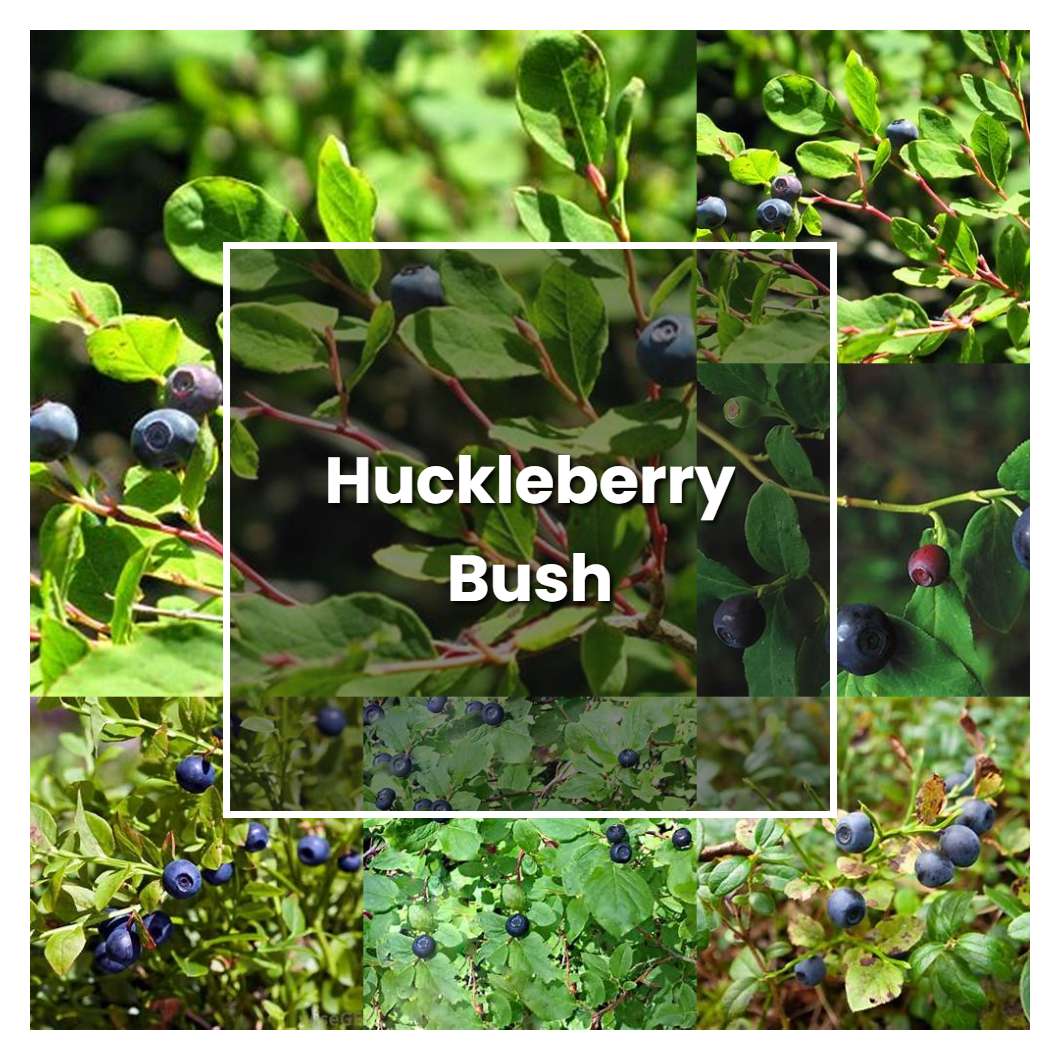Huckleberry bush is a plant that is native to North America. The plant is a member of the Ericaceae family and is closely related to the blueberry bush. The huckleberry bush is a small shrub that typically grows to between two and six feet in height. The plant has small, dark green leaves and produces small, dark blue berries. The berries of the huckleberry bush are edible and are often used in pies and jams.

Related plant:
Evergreen Huckleberry
About soil condition, the soil of huckleberry bush is very important. The soil must have good drainage and be rich in organic matter. A well-drained, sandy loam soil is ideal. The soil must be kept moist, but not wet.
Like the other plants, huckleberry bushes need sun to grow. They should be planted in an area that gets at least six hours of sun each day. If you live in an area with long summers, your huckleberry bush will need even more sun. So, make sure to plant it in a spot that gets plenty of sunlight.
The temperature conditions that are ideal for a huckleberry bush are warm days and cool nights. This allows the bush to produce fruit that is bursting with flavor. When the temperatures are too hot or too cold, the huckleberry bush will not produce fruit that is as flavorful.
Ideal humidity condition for this plant is between 50-70%. If the humidity gets too high, the plant will start to produce more leaves to try to compensate for the water loss. If the humidity gets too low, the plant will start to wilt and the leaves will turn yellow.
For the fertilizer, usually the plant doesn't need much. If the leaves are looking a little yellow, you can add some compost or manure to the soil around the base of the plant. The roots of the huckleberry bush are shallow, so be careful not to damage them when you're working in the area.
Pruning is an important part of huckleberry bush care. By pruning your huckleberry bush, you will encourage new growth and keep your bush healthy. Pruning also helps to control the size and shape of your huckleberry bush. To prune your huckleberry bush, start by removing any dead or damaged branches. Next, cut back any branches that are growing too long or too thick. Finally, shape your huckleberry bush by trimming back any branches that are out of place.
Propagation is generally done through rooting stem cuttings taken from the desired plant. Rooting hormone is often used to encourage rooting. The cuttings are placed in moist potting mix and placed under high humidity conditions. A clear plastic cover placed over the cuttings helps to maintain humidity. Cuttings should be checked regularly for roots and once roots have developed, the plant can be transplanted to a pot or outdoor location.
Usually, the plant growth rate is determined by the surrounding environment. If the area is heavily forested, then the growth rate will be rapid. If the area is open, then the growth rate will be much slower. The average growth rate for huckleberry bushes is about 1 to 2 feet per year.
Common problems for this kind of plant are Bugs, Drought, and too much water. If the huckleberry bush has too many bugs, then it will have a difficult time growing. If the huckleberry bush is in a drought, then it will not be able to get the water it needs to grow. Too much water can also be a problem for huckleberry bush because it can cause the roots to rot.
Source:
Evergreen Huckleberry - Vaccinium ovatum - PNW Plants
Vaccinium pallidum; Low Bush Huckleberry
Little Big Plant, Box Huckleberry (Gaylussacia brachycera)
